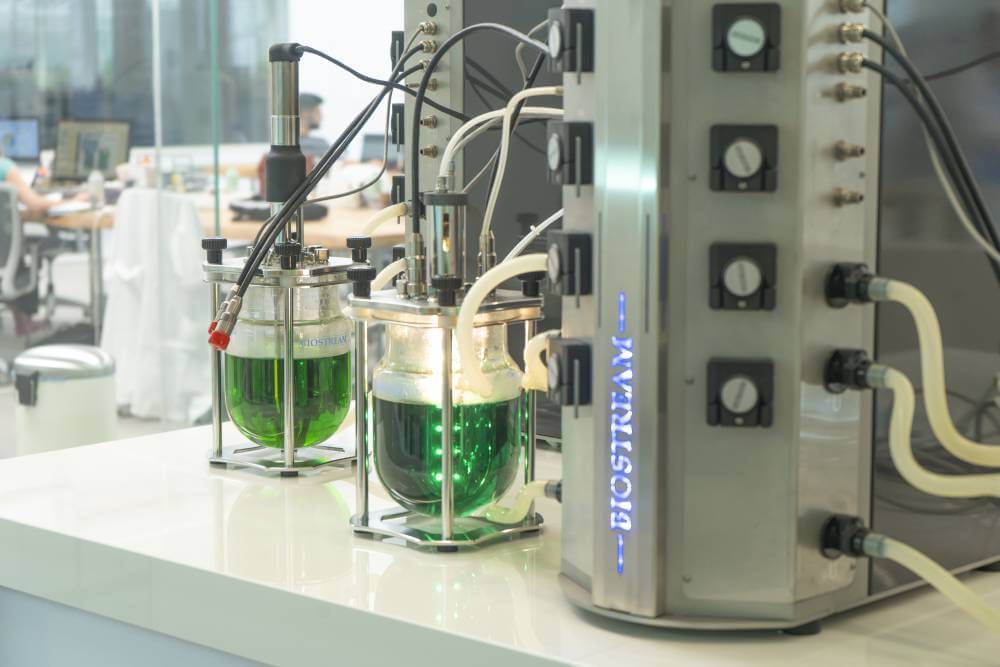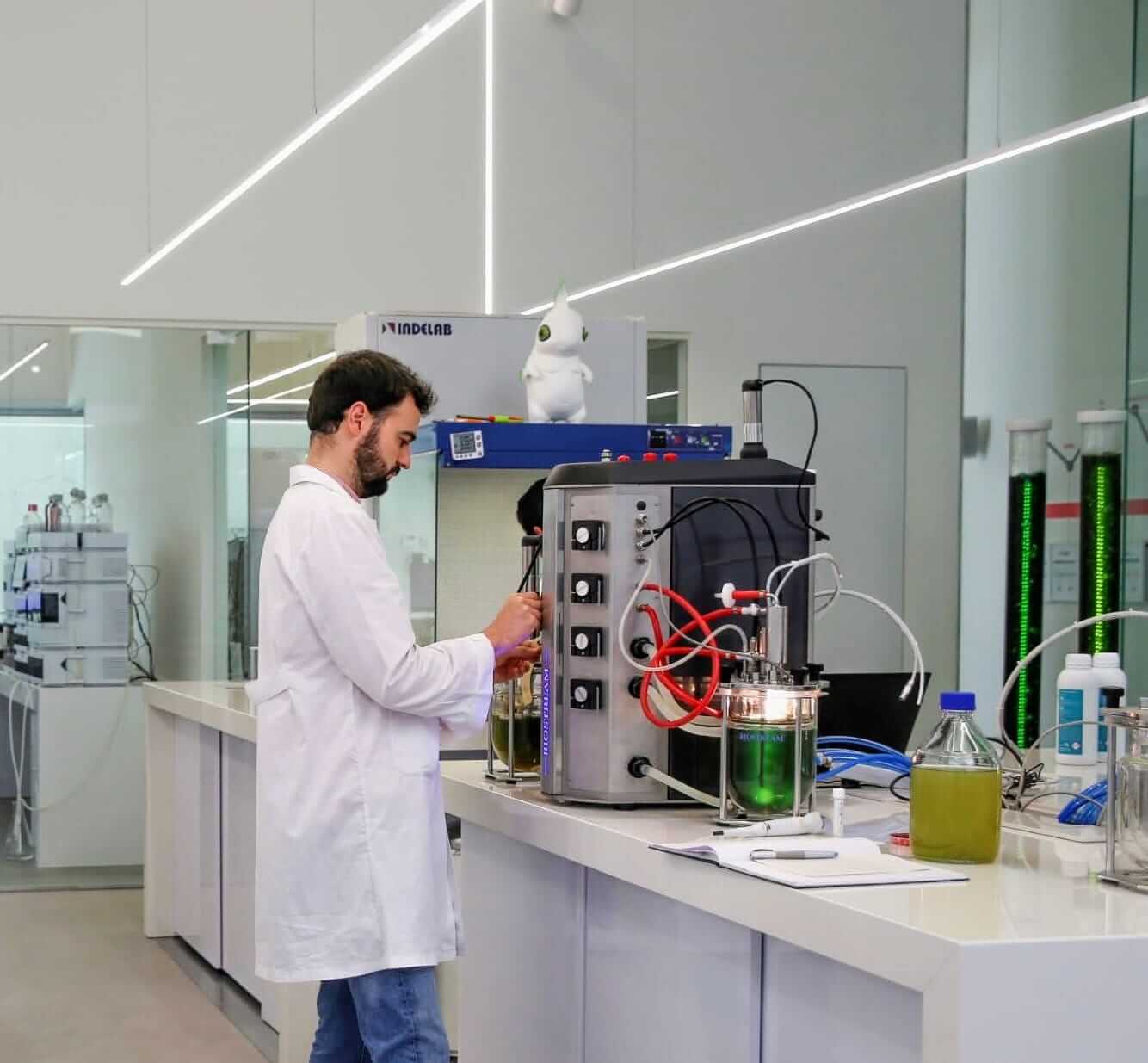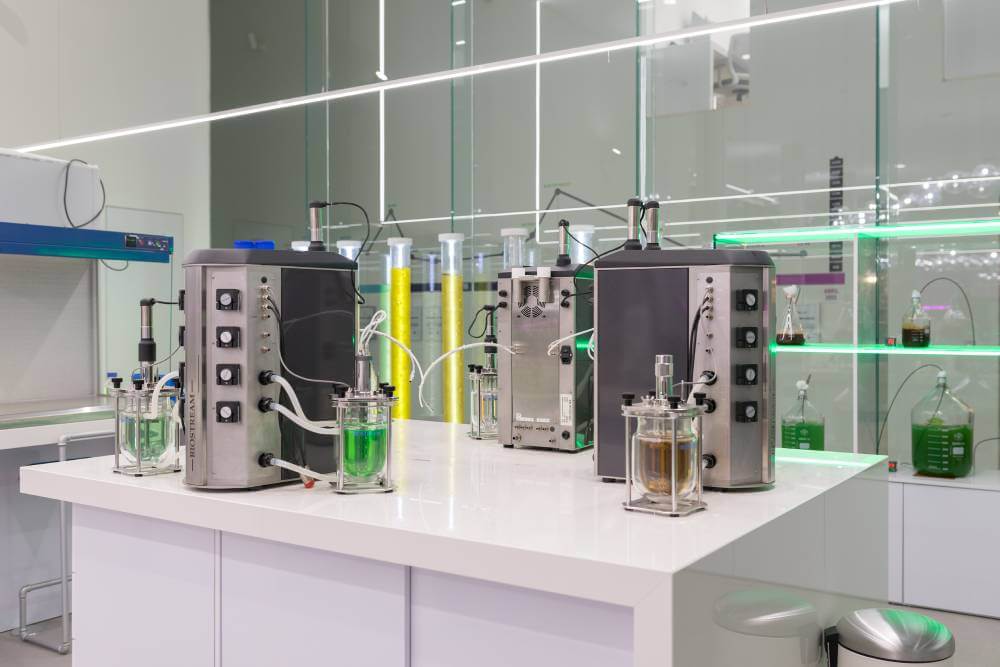From medicine to agriculture. The use of peptides for the improvement of human and plant health.

Did you know that… before scientists took over, practitioners of natural medicine often used the skin of frogs to treat infections? Can this practice be somehow justified from a scientific point of view? The truth is that…
- In amphibian species, the skin is a very special, multipurpose organ involved in the animal’s breathing process, defense system and water balance.
- Frog skin is usually moist and secretes antimicrobial bioactive peptides through its glands, preventing infections.
Over 1500 bioactive peptides of different origins have been described so far in scientific literature, and they are being thoroughly researched as an alternative to antibiotics in the treatment of multidrug-resistant diseases. For example, a new, bioactive peptide has been recently isolated from the skin of frogs, which has been medically applied against diseases such as Alzheimer’s. This would be just an example, but it helps to understand how complex, though interesting this type of molecules can be.
But… what are exactly bioactive peptides?
In general, peptides are molecules formed when two or more amino acids bind together through a specific bond known as “peptidic”, and like proteins, they play different roles within the body. Depending on the number of amino acids included in a peptide, they can be called oligopeptide, polypeptide, hexapeptide, tripeptide, etc.
As for bioactive peptides, they can be defined as specific protein fragments with a positive impact on the vital functions of a living organism (be it human, frog, or plant). They play, thus, a key role in its metabolic functions, and can be classified as antimicrobial, antihypertensive, antithrombotic, immunomodulator, mineral chelator and antioxidant, depending on their specific hormonal or medicinal effect.

Normally encrypted within bioactive proteins, bioactive peptides are considered the new generation of biologically active regulators and are predefined in the genetic code.
Due to the diversity and length of their amino acid sequence, peptides are major mediators in cell-cell interactions in both animals and plants. As we mentioned before, they can behave like hormones and activate the same genes (even though they are not hormones).
This has great implications for human health, since they could be the base for possible treatments, or even solutions, to certain pathologies. Numerous examples of well-defined peptides can be found in scientific literature, some of them with antidiabetic, antihypertensive and cholesterol-lowering action in the blood, for instance, or with a morphine-like effect on the nervous system.
But bioactive peptides can also be applied to agriculture. There are many examples of peptides with biostimulant activity, which can activate or suppress the same routes as some phytohormones, and participate in key processes of the plant’s lifecycle, such as root development or organ abscission.

In view of the increasing restrictions on the use of synthetic phytohormones in agriculture, bioactive peptides open endless possibilities for the growers. Some of them clearly show biopesticidal activity, sometimes even activating natural defenses in the plant (priming effect). Some others are very active against plant pathogens, for example, several studies have demonstrated that the peptide magainin is very active against both botrytis and fusarium.
Biochemical and genetic analyses have been traditionally employed for peptide identification, but currently, bioinformatics is being largely used to search for this type of molecules. Thus, in silico genome analyses have revealed the presence of genes encoding small peptides.
Kimitec’s business model is based on the search for natural molecules that offer the same effect as synthetic chemistry. Our unique approach, that combines our 4HEALTH Technology with a platform based on omic sciences and bioinformatics, allows us to develop new, natural ingredients and products that could replace synthetic chemicals, with the same efficacy. The identification of these bioactive molecules and their use in our solutions bring us a step closer to our goal: achieve zero residues, a more sustainable agriculture and a healthier environment.
